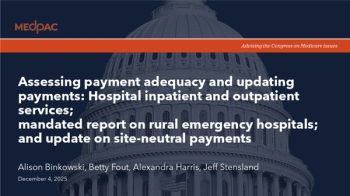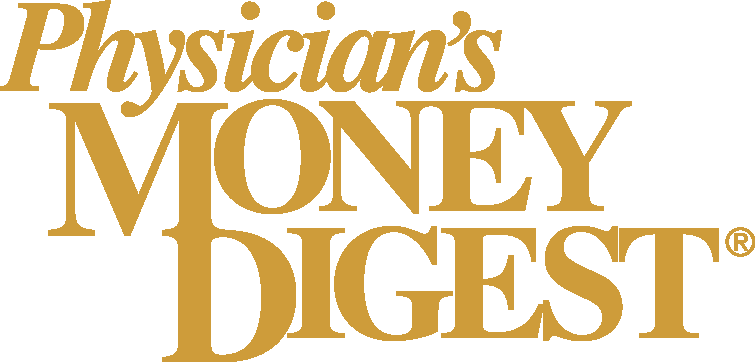
Tenovi launches connected blood pressure monitor to support stroke prevention
Key Takeaways
- Tenovi's new blood pressure monitor aids early intervention for stroke and cardiovascular risks, integrating with their RPM platform.
- The device is FDA-cleared for maternity and diabetes care, compatible with a large-size cuff for broader patient accessibility.
Tenovi's new blood pressure monitor enhances stroke prevention by enabling early detection of hypertension and irregular heartbeats through remote patient monitoring.
The new device integrates with Tenovi’s remote patient monitoring (RPM) platform and is FDA-cleared for use in maternity care and for patients with diabetes, pregnancy-related conditions, or preeclampsia. It is specifically compatible with Tenovi’s large-size cuff, offering greater accessibility across patient populations.
Strokes, which occurs roughly every 40 seconds in the United States, are often associated with unmanaged chronic conditions like hypertension. Tenovi’s RPM platform provides clinicians with continuous access to vital signs and real-time health data between office visits, allowing for earlier detection of rising blood pressure and other critical changes.
“
Tenovi’s monitoring system connects with more than 40 FDA-cleared Bluetooth devices and employs a plug-and-play approach that does not require Wi-Fi, smartphone apps, or syncing. A simple LED display system uses red and green lights to indicate when patients need to take a reading and when it has been successfully transmitted.
The launch follows Tenovi’s completion of the AgeTech Collaborative from AARP Accelerator Program, an eight-week initiative aimed at helping early-stage health technology startups reach older adults more effectively.
Remote monitoring expands reach of stroke prevention tools
Remote patient monitoring has emerged as a critical tool in stroke prevention, especially for patients with
Recent advances have expanded the capabilities of RPM tools beyond simple data collection. Many now include machine learning algorithms that detect clinically significant trends, automatically alerting care teams. According to a 2024 report by Frost & Sullivan, the global RPM market is expected to reach $117 billion by 2028, fueled by increased demand for value-based care and at-home chronic disease management.
Companies in this space are pushing the envelope in RPM by integrating multimodal sensors, predictive analytics, and seamless data transmission. A 2023 study published in JAMA Network Open found that high-risk patients enrolled in RPM programs experienced significantly fewer hospitalizations and emergency department visits, suggesting that these tools not only improve outcomes but reduce costs.
Tenovi’s latest blood pressure device also reflects a trend toward user-friendly solutions that reduce barriers to adoption. The company’s no-app, no-Wi-Fi requirement aligns with efforts to make monitoring accessible to older adults and those in underserved areas.
Newsletter
Stay informed and empowered with Medical Economics enewsletter, delivering expert insights, financial strategies, practice management tips and technology trends — tailored for today’s physicians.















